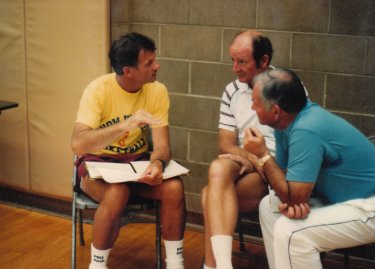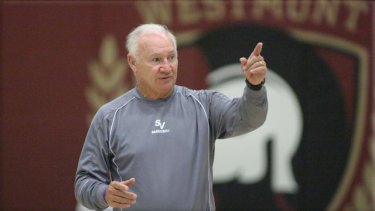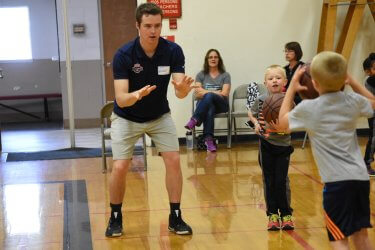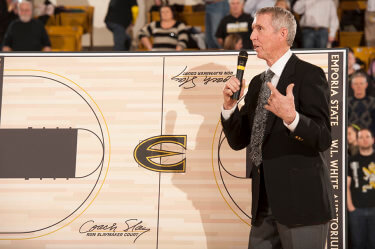Introduction
Coaches are responsible for creating environments that are safe, challenging, and provide rewarding experiences for all of their athletes. These environments are often referred to as team culture. Developing a successful team culture is a key characteristic of an effective coach and essential for long-term athletic achievement. Three-time national championship and current Ohio State University football coach, Urban Meyer emphasized the importance of the coach in creating a team culture that leads to desired results: “…leaders create culture, culture drives behavior, and behavior produces results” (Meyer, 2015, p. 65).
There are many techniques coaches can use to build team culture. A quick Google search of, “building team culture in sport,” reveals over 88 million results. If you narrow it down by sport, for example, “building team culture in basketball,” over 33 million options appear. While latching on to an idea following a random internet search may yield results, it’s more effective to examine what master coaches do. Mastery in coaching occurs when a coach exhibits effectiveness and expertise in teaching sport (Gilbert & Trudel, 2012). In other words, a master coach demonstrates the ability to improve athlete performance while also finding success on the scoreboard.
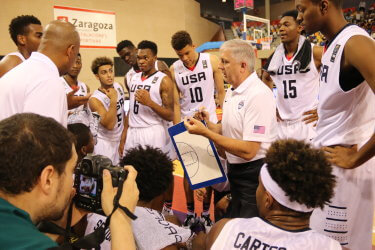
Don Showalter, Head Coach and Director of Coach Development for USA Basketball’s Youth Division exemplifies what a master coach looks like. Throughout his 42-year hall of fame high school coaching career and his work with USA basketball, Don has demonstrated effectiveness and expertise in teaching sport. As a high school coach, Coach Showalter won over 600 games and in 2009, was named the National High School Athletic Coaches Association National Coach of the Year. During his tenure as the head coach of USA Men’s Basketball U16 and U17 National Teams, he amassed a 55-0 record and won nine-straight gold medals (USA Basketball, 2017).
